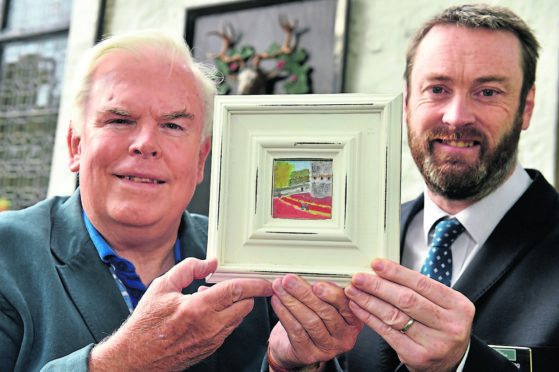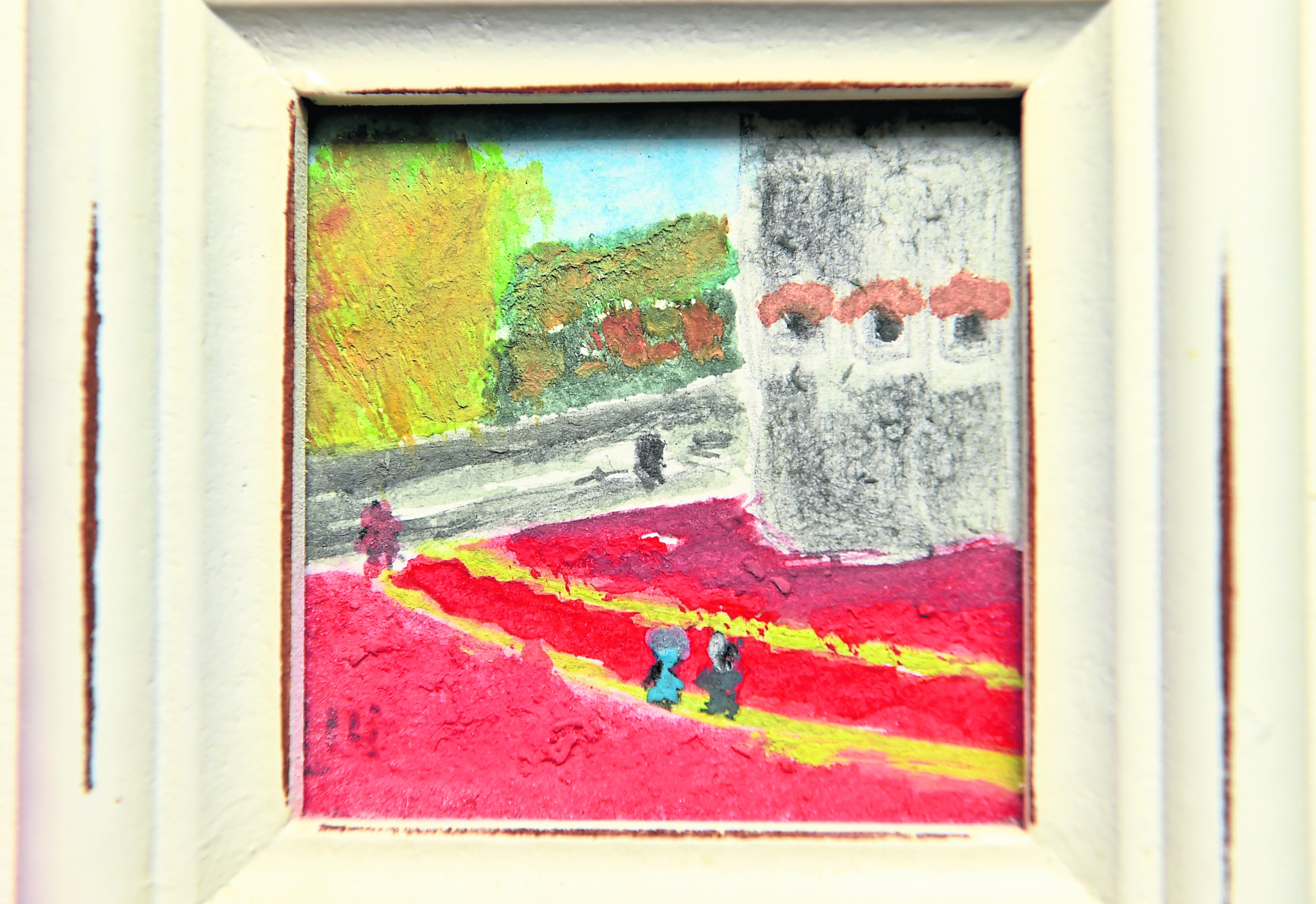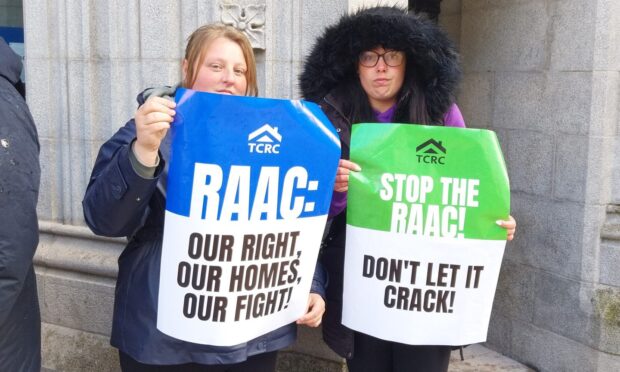It is more than a century since 120 members of the Gordon Highlanders were scythed down by machine gun fire at Mametz in northern France but their sacrifice is still remembered.
And yesterday, an Aberdeen law graduate, Iain Leighton, who lost his great uncle Charles in that attack on July 1, 1917, handed over a watercolour artwork and personal items to the Gordon Highlanders Museum in the Granite City.
It was only two years ago that Mr Leighton discovered his ancestor, originally from Banchory, was buried in a French cemetery.
Until that point the only information his family had received was that Charles was missing, presumed killed, during the mass slaughter.
Mr Leighton, 66, who is now retired and living in Hampshire, made the trip to the north east to meet the museum’s chief executive, Bryan Snelling.
Speaking at the Viewfield Road site yesterday, Mr Snelling said: “It is always poignant when stories such as this come to our attention.
“We are very grateful to Iain Leighton for handing over this artwork to us and telling us the fascinating story about his great uncle.
“These personal stories bring home the humanity and the scale of the sacrifice which was evident throughout the Great War.”
Mr Leighton explained just why it meant so much to him to pay his respects with his painting and other artefacts.
He said: “I attended the Red Poppy exhibition at the Tower of London in 2014. It was an emotional experience, especially as HM The Queen and HRH Prince Philip attended the same ceremony.
“That night, I quickly painted my vision of what I had witnessed. The Queen and the Duke were tiny figures in the Tower of London’s moat area and they were surrounded by a sea of red poppies.
“The watercolour is small, hardly more than the size of two match boxes, but it does capture something from that day.
“There’s the silence and the beauty of the red poppies as the Royal couple made their way slowly through the hundreds of thousands of ceramic red poppies.
“Two years later, it was established through two of my friends, David Hills and John Morrison, that, although it had been believed the remains of Charles Leighton were never found, he did have a grave.
“Sadly, his parents never knew this, back in Banchory, as they only received one telegram informing them Charles was missing and presumed killed.
Mr Leighton, who has maintained strong links with the north-east of Scotland, told the Press and Journal how proud he was of the courage of all the Gordon Highlanders killed that day.
He added: “The fact is that hundreds of soldiers lost their lives through the appalling acts of their superiors.
“In addition to the Gordon Highlanders regiment, there were divisions from other regiments including Yorkshire, Devon and Canadian soldiers.
“The commanding officer, presumably several miles away, gave the order that the combined forces would traverse the open fields facing the town and capture the town quickly as the barbed wire had already been cut.
“But this was totally false information and as hundreds of armed soldiers ran towards Mametz, they headed straight into barbed wire and were slaughtered.”
Mr Leighton believes it remains vitally important to commemorate the sacrifice of these soldiers.
He added: “These men were so young. My great uncle was only 23. I feel, over the last two years that, in some way, I have got to know him and his voice and the voices of the others killed that day.”











